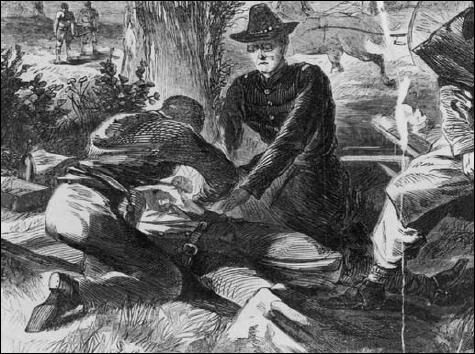
Collecting memorabilia of the Indian Territory in the Civil War is a challenge. The destruction that took place eliminated most of the prewar artifacts. The few photographs from that region that predate the Civil War survived because their owners evacuated their possessions to Texas early on, and few had the foresight to do that. Weapons, equipment, and items such as battle flags were scarce to begin with, and fared badly with time. Those that escaped time’s ravages are now in museums.
The best place to view the remaining artifacts of the Civil War in the Indian Territory is through the various museums and historical sites maintained by the Oklahoma Historical Society (http://www.ok-history.mus.ok.us/mas/maspage.htm). Most of the artifacts are in the Oklahoma Museum of History, although some are on display at the various historical sites around the state. Places such as Fort Gibson, Fort Towson, Fort Washita, and Fort Arbuckle are now historical sites maintained by the Oklahoma Historical Society, as is the Honey Springs battlefield.
Another good resource is the Cherokee Heritage Center (http://www.cherokeeheritage.org) at Park Hill, Oklahoma, with a small collection of Civil War memorabilia, including much of the surviving documents from that era. The Museum of the Cherokee Indian also has some material associated with the Cherokees in the Civil War, although their focus is more on the Thomas Legion, a unit with one battalion of Eastern Branch Cherokees that evaded the Trail of Tears and remained in North Carolina.
A final resource is the Civil War in the Indian Territory Message Board (http://history-sites.com/mb/cw/itcwmb). It is an excellent place to gain and exchange information about the Civil War in the Indian Territory.

A Union Indian who was wounded in battle would most likely have been taken to an open field aid station like this one, for treatment of his wounds. Removal of injured limbs on site was not uncommon. (Library of Congress, Prints and Photographs Division)